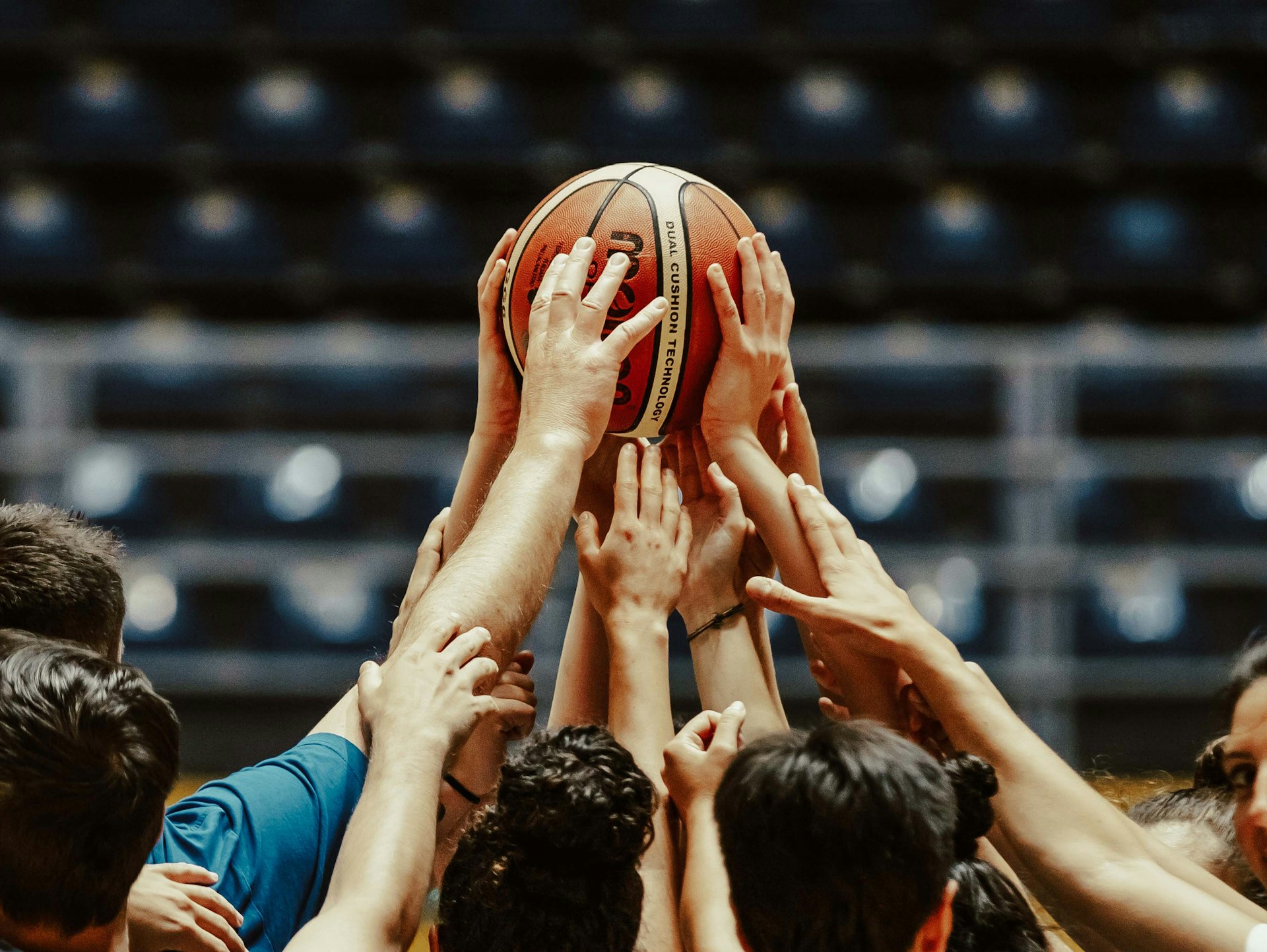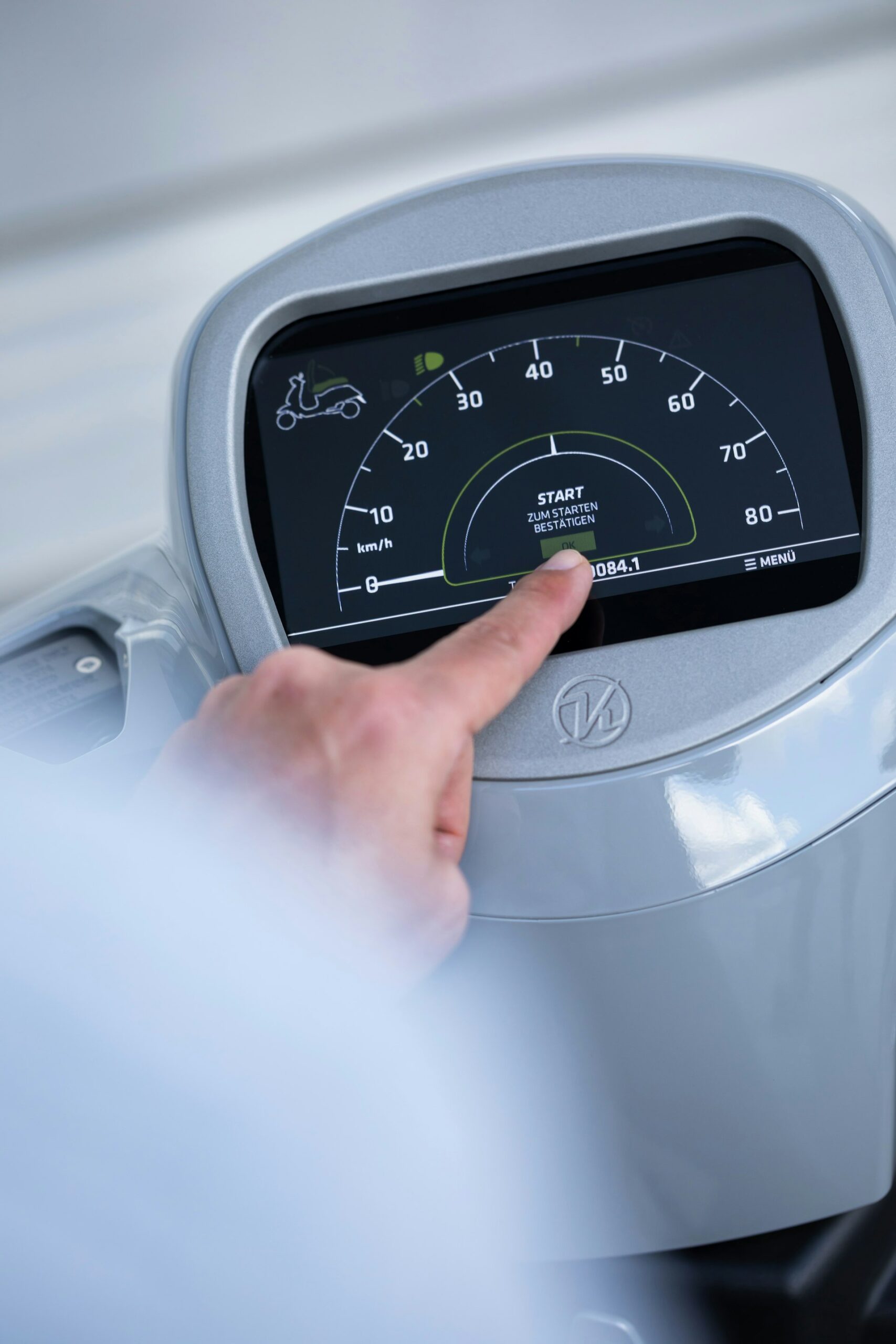Unlocking Peak Endurance: Proven Hydration Strategies for Athletes

Photo by Markus Spiske on Unsplash
Introduction
Maintaining optimal hydration is fundamental for endurance athletes aiming to achieve peak performance, reduce the risk of injury, and support effective recovery. Scientific research underscores the critical link between proper fluid intake, electrolyte balance, and athletic success. This article explores the importance of hydration strategies for endurance athletes, examining evidence-based practices, actionable steps, real-world examples, and practical guidance to help athletes unlock their true potential.
Why Hydration Matters for Endurance Athletes
Endurance athletes face significantly higher fluid losses than non-athletes due to prolonged physical activity, increased sweat rates, and environmental factors. Dehydration-even at levels as low as a 2% reduction in body mass-can impair aerobic and anaerobic performance, slow reaction times, increase heart rate and body temperature, and raise the risk of heat illness. [4] Research shows that properly hydrated athletes experience enhanced cardiovascular efficiency, improved cognitive function, and reduced muscle fatigue. [5]
Understanding Fluid and Electrolyte Needs
Because fluid and electrolyte requirements are highly individual, endurance athletes must develop personalized hydration plans. Factors influencing needs include body size, sweat rate, exercise intensity, climate, altitude, and overall fitness levels. [1] Electrolytes-especially sodium-play a pivotal role in maintaining fluid balance, supporting nerve function, and preventing hyponatremia (dangerously low sodium levels). Evidence suggests that sodium-rich drinks improve fluid retention and plasma volume, reduce urine output, and enhance post-exercise rehydration. [3]
Timing Your Hydration
Optimal hydration involves strategic timing before, during, and after exercise. Athletes should begin hydrating 2-3 hours before activity, consuming 16-20 ounces of fluid to allow for absorption without causing discomfort during exercise. [2] For events longer than one hour, aim for 6-8 ounces of fluid every 15-20 minutes. Post-exercise, rehydration should focus on replacing fluid losses and supporting muscle recovery, with a recommended intake of 16-24 ounces per pound of body weight lost.
Building a Personalized Hydration Strategy
Creating an effective hydration strategy requires athletes to monitor their bodies, experiment with timing and fluid types, and adjust based on feedback. Here are actionable steps to develop a personalized plan:
- Assess Sweat Rate: Weigh yourself before and after workouts to estimate fluid losses. One pound lost equals approximately 16 ounces of fluid required for rehydration.
- Monitor Hydration Status: Use urine color as a basic indicator-pale yellow suggests adequate hydration, while dark yellow or amber may indicate dehydration. [5]
- Balance Electrolytes: Incorporate sodium-rich drinks or snacks, especially during extended activities or in hot climates. Avoid overconsumption of plain water, which can dilute sodium levels and increase hyponatremia risk. [1]
- Adjust for Conditions: Increase fluid and electrolyte intake in high temperatures, humidity, or at altitude. Practice your strategy during training, not just on race day.
Real-World Application: Case Studies and Examples
Elite marathoners often follow tailored hydration plans, starting with sodium-rich beverages pre-event, consuming carbohydrate-electrolyte drinks during competition, and using chocolate milk or coconut water for recovery. [2] For instance, an ultramarathon runner in a hot climate may lose up to 2 liters of fluid per hour, necessitating precise intake of water, sodium, and other electrolytes. Monitoring urine color and body weight helps fine-tune their regimen and avoid both dehydration and overhydration.

Photo by Bluewater Sweden on Unsplash
Challenges and Solutions
Common challenges include gastrointestinal discomfort from excess fluid, difficulty balancing electrolytes, and environmental stressors. To overcome these:
- Experiment with different drink compositions and timing to identify what works best for your body.
- Use commercial sports drinks with verified sodium content or prepare homemade electrolyte solutions (water, salt, a small amount of sugar, and lemon juice).
- If cramping or excessive sweating occurs, consider additional electrolyte supplementation and consult a sports nutrition professional.
- Practice your hydration plan under race-like conditions to ensure it is effective and comfortable.
Alternative Approaches and Practical Guidance
Alternatives to traditional sports drinks include coconut water (natural electrolytes), diluted fruit juice with added salt, and specialized endurance formulas for prolonged events. [2] Athletes interested in customizing their plan can:
- Consult with registered dietitians or certified sports nutritionists for tailored recommendations.
- Use sweat testing services available at some sports clinics to measure individual electrolyte losses.
- Track performance and recovery over time, adjusting fluid and electrolyte intake as needed.
If you need expert guidance, consider searching for “sports hydration specialists” or “endurance nutrition experts” in your area, or contact your local sports medicine clinic or university extension for evidence-based resources.
Step-by-Step Implementation for Athletes
1. Pre-Event: Hydrate with 16-20 ounces of fluid 2-3 hours before activity, choosing water or a sodium-rich drink. 2. During Event: Consume 6-8 ounces of fluid every 15-20 minutes for events over one hour, prioritizing electrolyte balance. 3. Post-Event: Replace fluid losses by drinking 16-24 ounces per pound lost, using recovery drinks with carbohydrates and protein. 4. Monitor: Check urine color, body weight, and physical symptoms to guide adjustments. 5. Adapt: Revise your plan according to climate, altitude, and sweat rates, and seek professional advice for individualized strategies.
Summary and Key Takeaways
Effective hydration strategies are essential for endurance athletes to maximize performance, minimize risk of injury, and support recovery. By understanding individual needs, balancing fluids and electrolytes, and implementing evidence-based practices, athletes can achieve optimal results. Experimentation, monitoring, and professional guidance are key to developing a successful hydration regimen.
References
- [1] Utah State University Extension (2024). Maintaining Hydration: A Guide for Endurance Runners.
- [2] Summit Health (2023). Best Hydrating Drinks for Athletes: What to Drink Before, During, and After Sports.
- [3] Cadence (2023). The Effects of Hydration on Athletic Performance & Hydration Strategies.
- [4] Korey Stringer Institute (2024). Hydration.
- [5] National Institutes of Health (2021). Hydration to Maximize Performance and Recovery.
MORE FROM pulsefusion.org













